Service Learning: Combining Education with Community Service
By , March 9, 2025
Overview
Service learning is a unique way to learn that mixes classroom lessons with hands-on community service. It’s about taking what you study and using it to solve real problems—like helping kids read better or cleaning up a park. This approach helps students grow while making a difference.
What is Service Learning?
Imagine learning math by tutoring a younger kid or studying science by planting trees. That’s service learning! It’s not just volunteering—it’s tied to what you’re learning in school. You get to help your community while making sense of your lessons. I’ve seen students light up when they realize their work matters beyond the classroom.
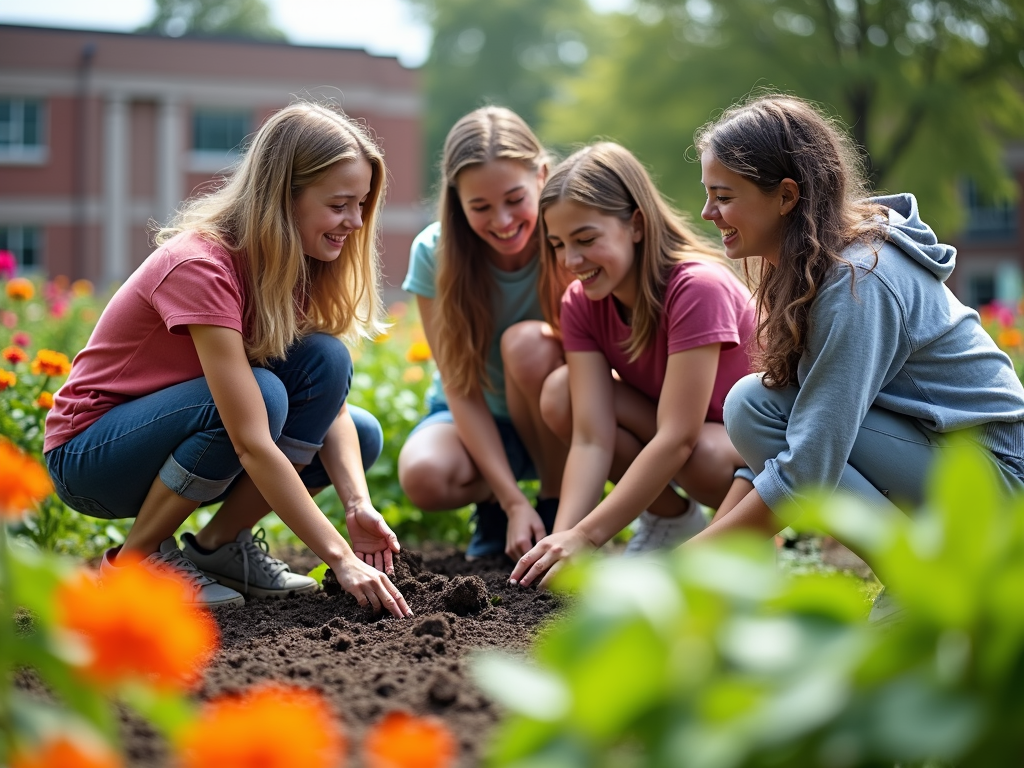
Why Service Learning Matters
Service learning isn’t just nice to have—it’s a game-changer. It connects education to real life, showing students why their studies matter. Communities get help, too, from cleaner streets to happier kids. It’s a two-way street: you learn, they benefit. Personally, I think it’s one of the best ways to make school feel alive.
Benefits for Students
Let’s break down what students gain:
- Skills: You learn teamwork, problem-solving, and how to talk to people.
- Experience: It’s like a real-world test run for future jobs.
- Motivation: Seeing your impact keeps you excited about learning.
I once helped a student who went from hating history to loving it after rebuilding a local museum exhibit. That’s the power of service learning and civic engagement.
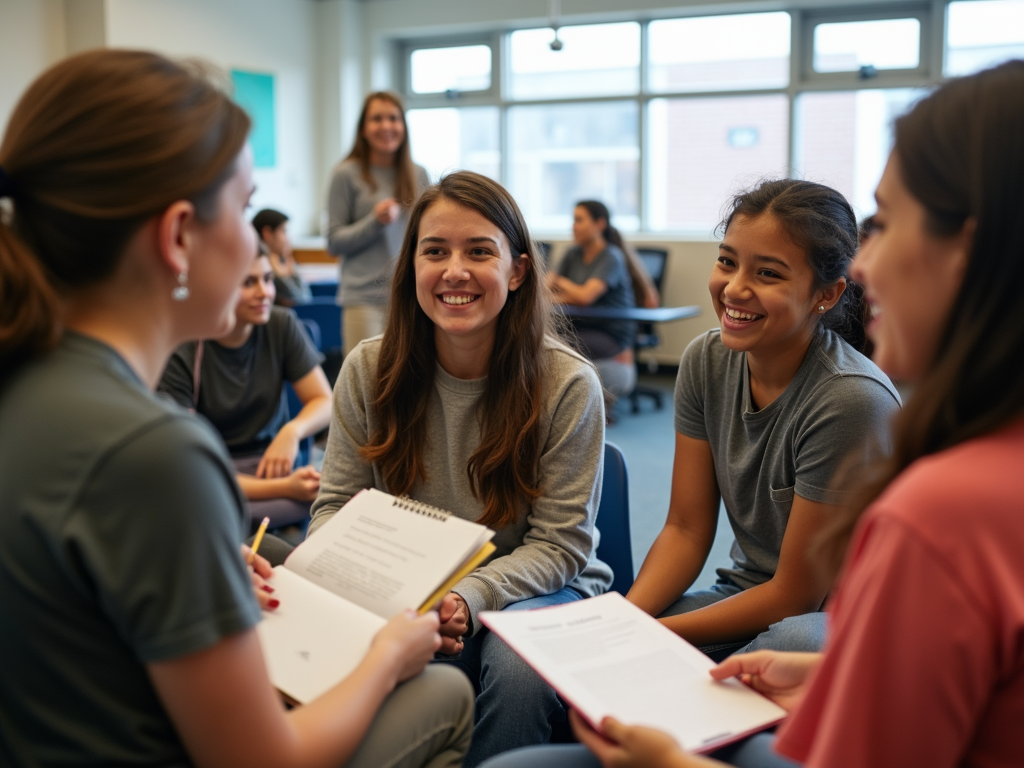
Benefits for Communities
Communities win big, too. Students bring fresh energy and ideas. A group I worked with built a playground in a neighborhood that hadn’t had one for years. Kids played, parents smiled—it was magic. Service learning projects fill gaps, from education to environmental care, making towns stronger.
Examples of Service Learning Projects
Here are some real projects to spark ideas:
- Tutoring: High schoolers teach elementary kids math or reading. It’s learning by teaching.
- Green Efforts: Planting trees or cleaning rivers—science in action.
- Health Drives: Students run free health check-ups, learning about medicine while helping neighbors.
Each one ties back to schoolwork and leaves a mark.
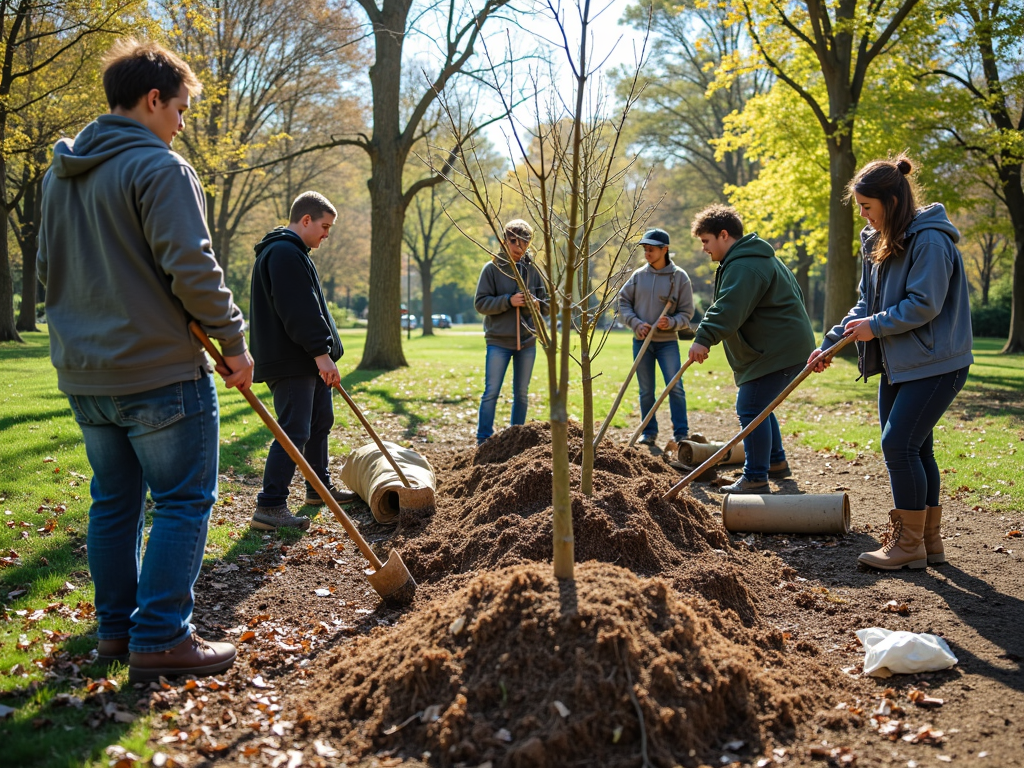
How It Boosts Learning
Service learning makes lessons stick. Reading about pollution is one thing; cleaning a river is another. Studies show students who do this stuff score higher on tests and care more about school. It’s hands-on, so you don’t just memorize—you understand. I’ve watched shy kids turn into leaders this way.
Getting Started: Top Volunteer Opportunities Near You
Want in? Here’s how:
- Find Your Passion: Love animals? Kids? Nature? Start there.
- Look Local: Check schools, libraries, or parks for programs.
- Ask Around: Teachers or friends might know cool projects.
I started by volunteering at a food bank—simple, but it opened doors to bigger service learning chances.

Tips for Students
If you’re a student, talk to your teachers. Many want to add service learning but need a nudge. Bring ideas—like organizing a book drive. Start small, maybe an hour a week. You’ll be surprised how fast it grows. My first project was painting a mural, and it snowballed from there.
Tips for Educators
Teachers, you’re key. Link projects to your lessons—math for budgeting a fundraiser, writing for campaign flyers. Partner with local groups; they’re eager for help. I once teamed up with a nonprofit for a history project—students loved it, and I learned tons, too.
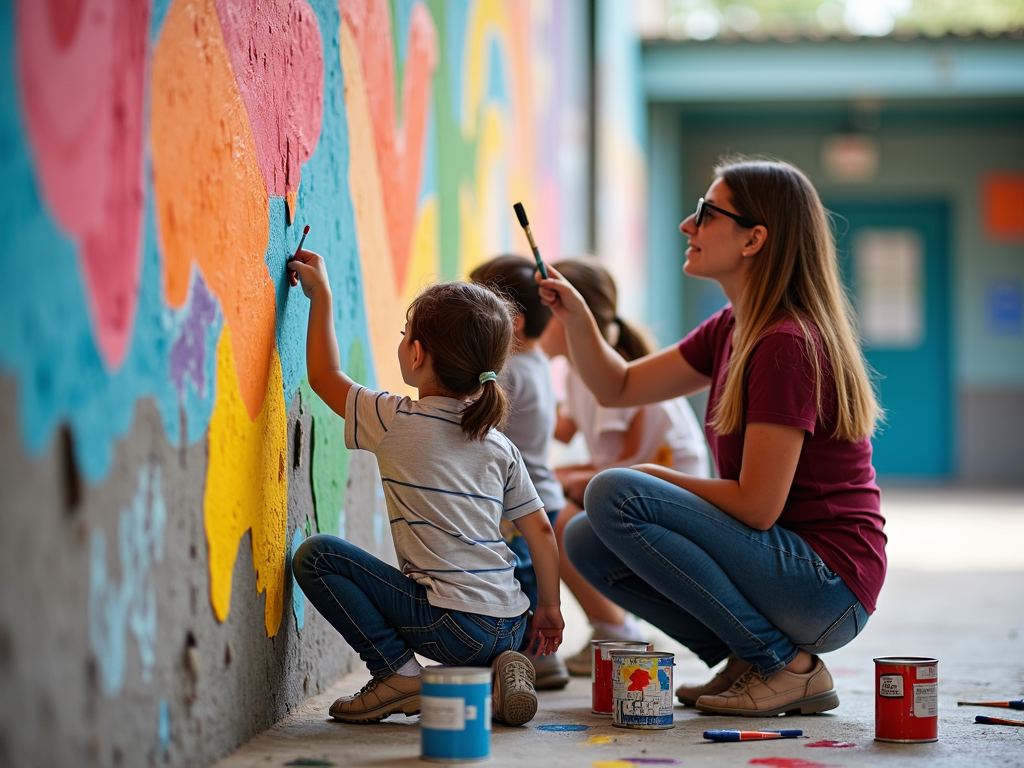
Challenges and Solutions
It’s not all easy. Time’s tight, and not every project fits every class. But plan ahead—pick something flexible, like a weekend clean-up. Funding’s tricky? Use free resources or fundraise. I’ve seen groups turn obstacles into wins with creativity.
| Challenge | Solution |
|---|---|
| Limited Time | Short, focused projects |
| No Funds | Local donations, free tools |
| Student Buy-In | Let them choose the cause |
This table’s saved me headaches!
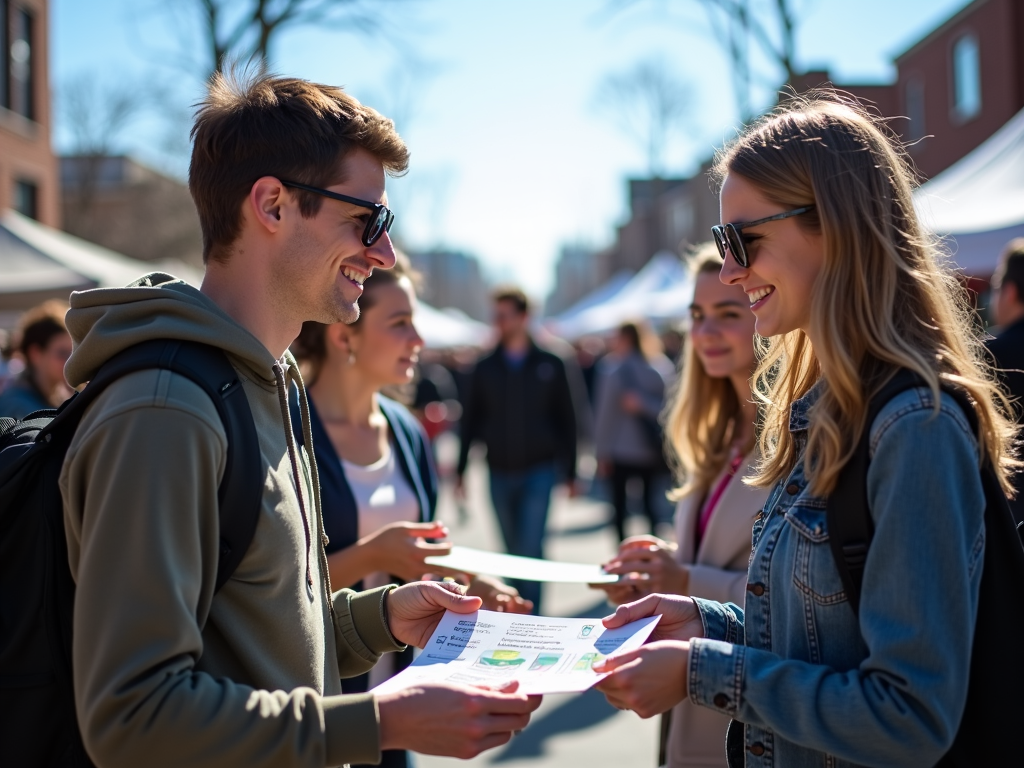
Why It’s Worth It
Service learning and civic engagement build better people. You graduate not just with a diploma, but with skills and stories. Communities heal and grow. I’ve seen quiet towns buzz with life because students cared. It’s education that echoes.
Summary
Service learning combines education with community service in a way that’s fun, practical, and powerful. Students gain skills and purpose; communities get stronger. It’s simple to start—just volunteer and connect it to learning. Dive in, and you’ll see why it’s a top way to grow.
Recommended Readings
Want more? Check these out:
- "The Complete Guide to Service Learning" by Cathryn Berger Kaye – A practical how-to.
- "Learning Through Serving" by Christine M. Cress – Great for students.
- "Service-Learning: A Movement’s Pioneers" by Timothy K. Stanton – The big picture.